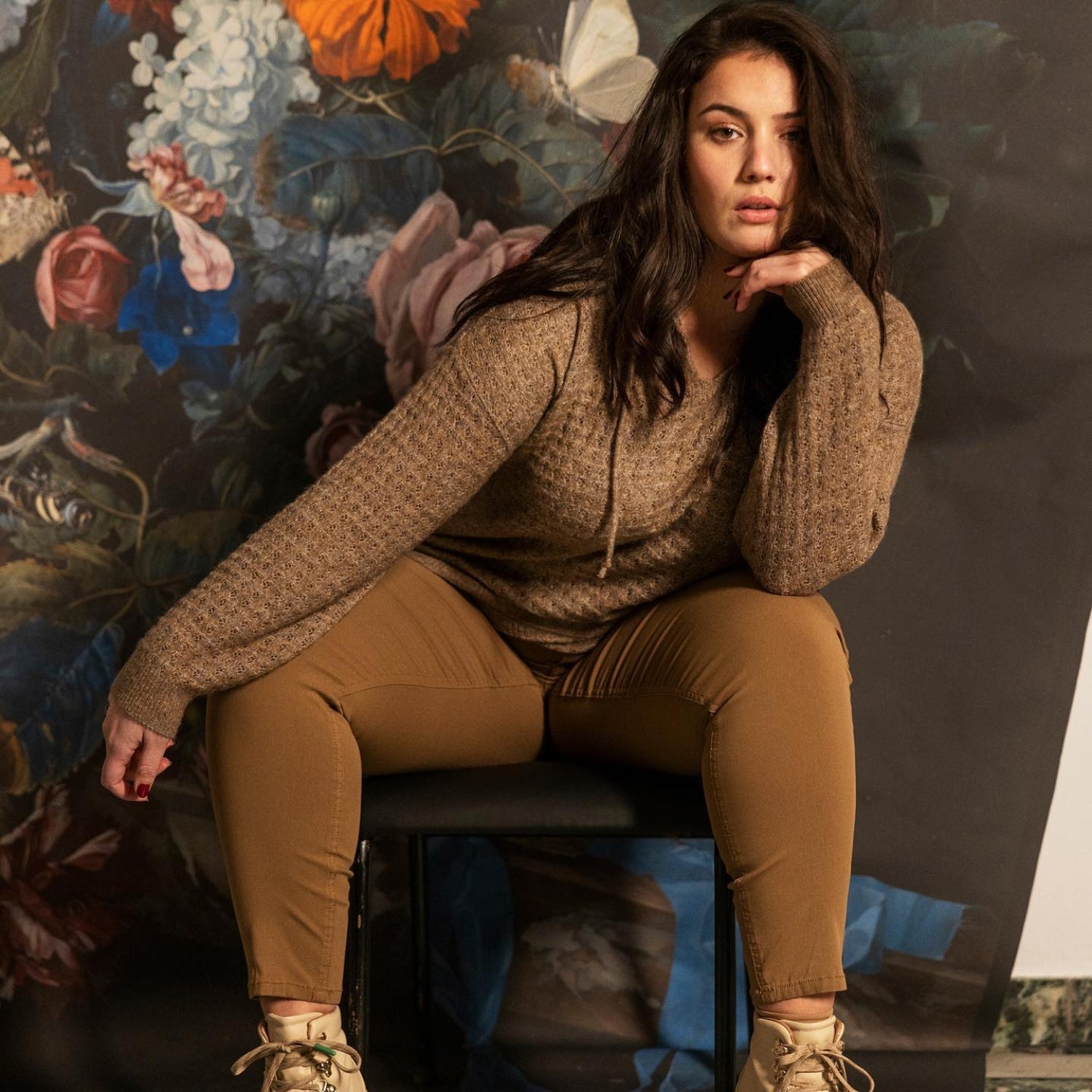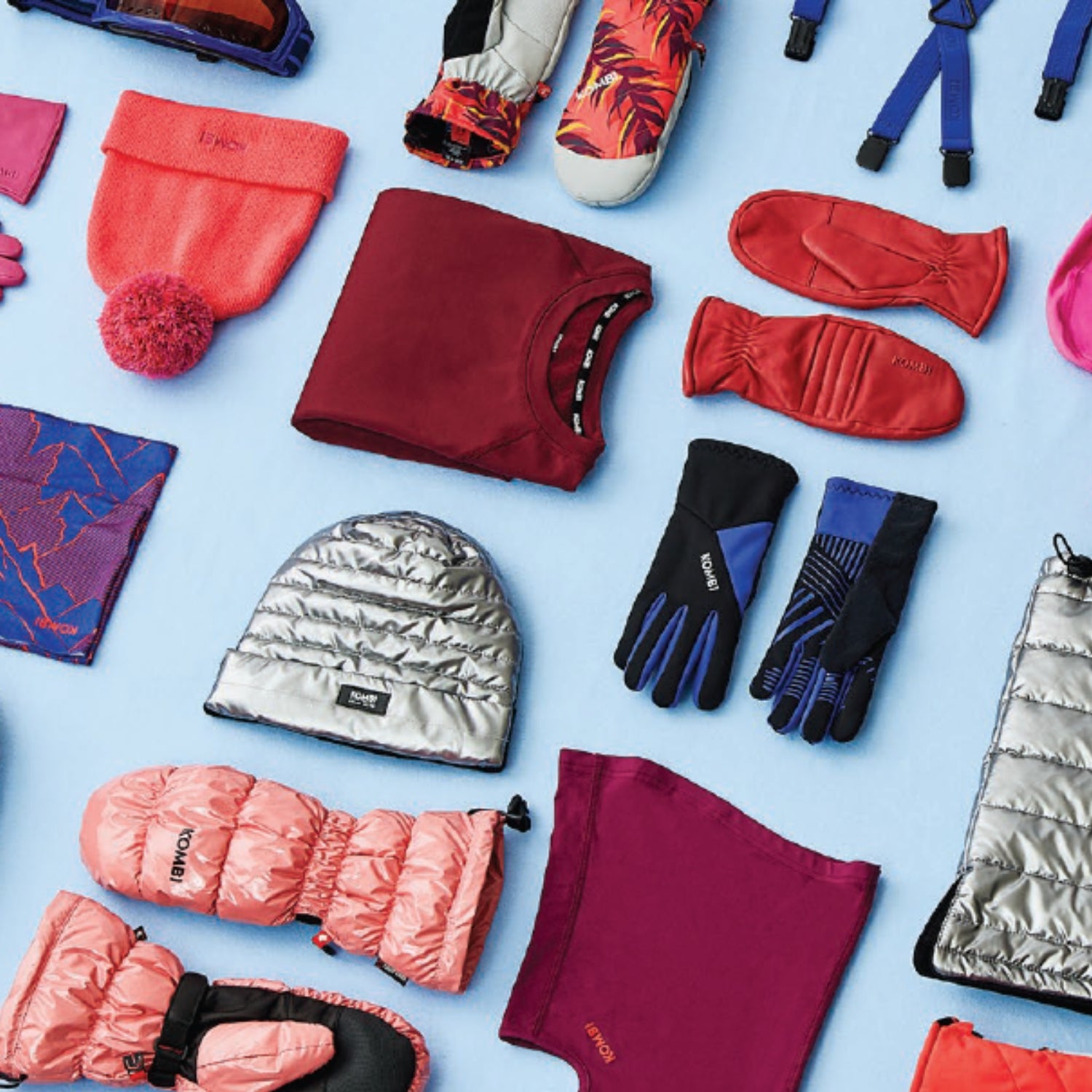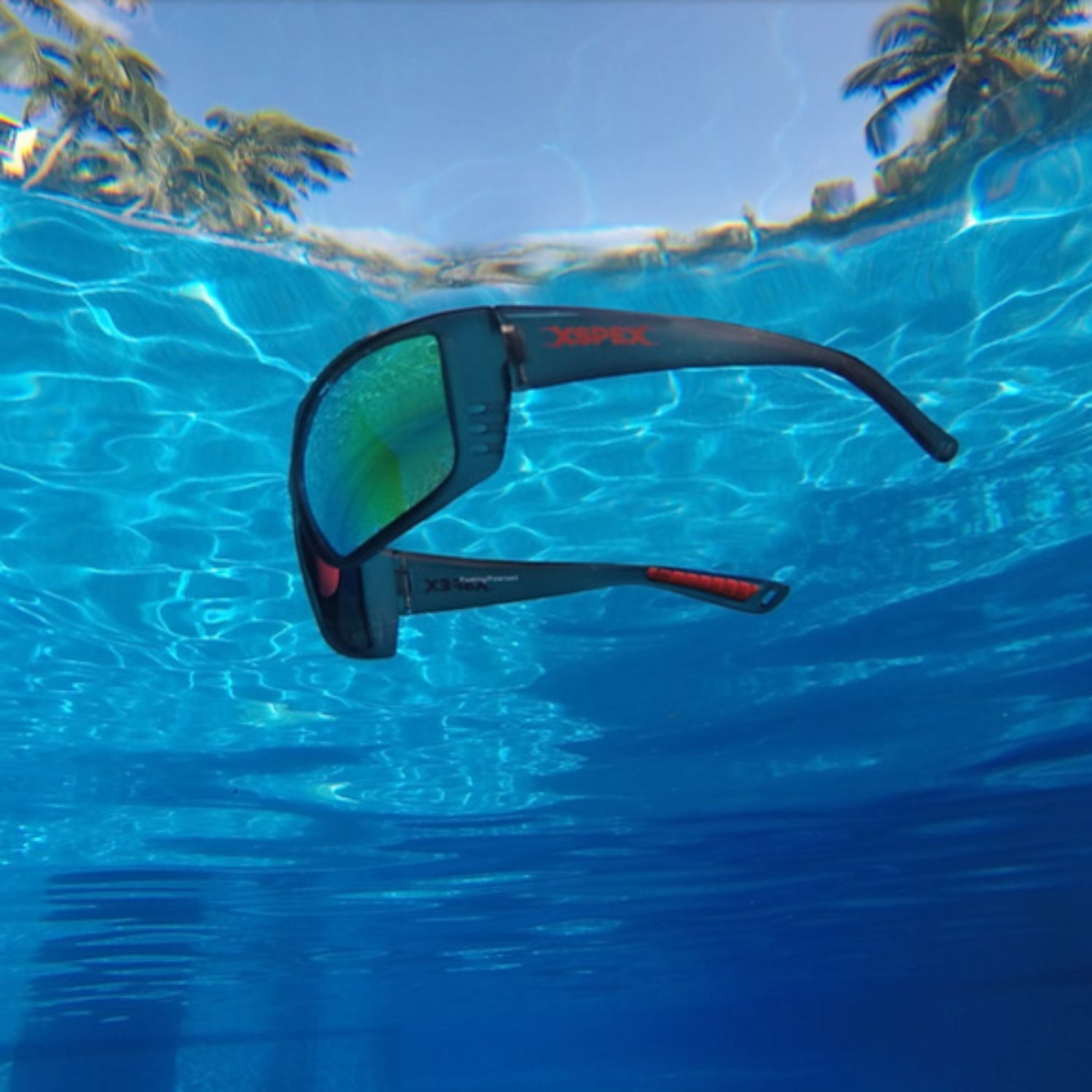The last few months have been extremely difficult for everyone. People experienced isolation, financial worries and lack of social interaction. In this context, many have set aside or spent very little time exercising or enjoying the outdoors. They also gave people the opportunity to reassess things and better understand that our time, our freedom and our opportunities to move freely is something we shouldn't take for granted. As the world begins to lift restrictions following the pandemic, many of us are beginning to feel a wake-up call and the urge to get outside. There's no better way to feel your freedom than feeling the wind in your face… riding a bike.
Here are some things to consider when traveling on the road and trails.
- Decide which style of bike is right for you.
There are many types of bikes for a variety of lifestyles and needs, here is the basic selection.
Mountain biking : Mountain bikes are typically specialized for use on unpaved surfaces, the bike frame is heavier for navigating mountainous terrain, and they typically have
thicker, stronger tires than most other bikes. The sitting position on a mountain bike is upright, which may be a more comfortable position for some people to maintain.
Road bike: Road bikes are designed for smooth and fast riding on the roads. They have lean, slick tires and lighter frames. They also have a forward seated position at about a 45 degree angle and in some cases a forward tilt of a 90 degree angle if using spreaders. This body positioning and can take some getting used to.
Hybrid: The Hybrid is a mix of mountain bike and road bike that is a good middle ground for those who want to ride on the road with some ease and also do a bit of off-roading on some paths but nothing too complicated.
Cruiser: Cruisers are often an awesome option for recreation. It's not the bike for off-roading or commuting, it's a fun option, often very comfortable (often with a bigger seat) and an upright riding position. You will often see cruisers with high handlebars, retro colors and baskets up front.
Electric: An electric bicycle is a bicycle with an attached motor and a transmission to assist in pedaling. It's a great option for those who want to ride a bike but don't like the idea of climbing big hills, the motor-assisted bike can help in those tough times while still providing a workout.
- Try different saddles.
The saddle, also known as the bicycle seat, is one of the most important components in cycling. Whether your seat works for your body or not will determine whether you can ride
comfortably and for a long time. There is no specific type of seat I would recommend as everyone's body is different. I personally changed the original seat of my road bike
in Terry seat and I love it. It is wider and more comfortable for long journeys. Read seat reviews and try them out!
- Have your bike professionally fitted.
I highly recommend that your bike be professionally fitted to your body. This can be done at most bike shops or you can find general advice on YouTube. It is
important because if your seat is too low or too high, or if your legs are extended too far, it can cause injury, which will make your cycling experience unpleasant. In addition, for cyclists more
Seriously, you can have your bike fitted by a physical therapist who can examine your specific biomechanics and ensure the bike is measured accurately against your body.
- Get to know basic road safety.
- If you haven't ridden in a while, I recommend riding on a bike path away from traffic to get comfortable on the bike before heading into traffic areas.
- Use hand signals (described below), which is extremely important when riding with traffic. Take the time to practice them at home before you start riding.
- When riding in a group, “stop” and “slow down” signals are essential to avoid collisions.
- When passing a cyclist, yell "pass left" so they know you are approaching them. Never pass to the right (inside) of a cyclist.
- Make sure you are always visible. Make sure drivers can see you as you pass their car by making eye contact.
- Always wear a reflective vest or reflective clothing and add lights to your bike for dawn and dusk or for riding in the dark
- Understand the best accessories.
There are a multitude of bike accessories: hydration packs, water bottles, helmets, mirrors, gloves, padded pants and shorts, sunglasses, shoes with pedal clips as an option - they are infinite.
The most important accessory, however, is your helmet. This is not an area to be thrifty, after all you are protecting your brain. Different helmets will fit different heads, so it's all about trying out the right fit.
Make sure it is a certified company and not second hand, the materials can break down over time. Make sure it fits snugly with not too much pressure on your head, the chinstrap should be snug, not loose and there shouldn't be too much movement if any.
Second, a good pair of padded shorts or tights is always a good investment, check out Sportive Plus for great cycling gear in a range of sizes.
Cycling is for all 'bodies' - happy cycling







Leave a comment
This site is protected by hCaptcha and the hCaptcha Privacy Policy and Terms of Service apply.